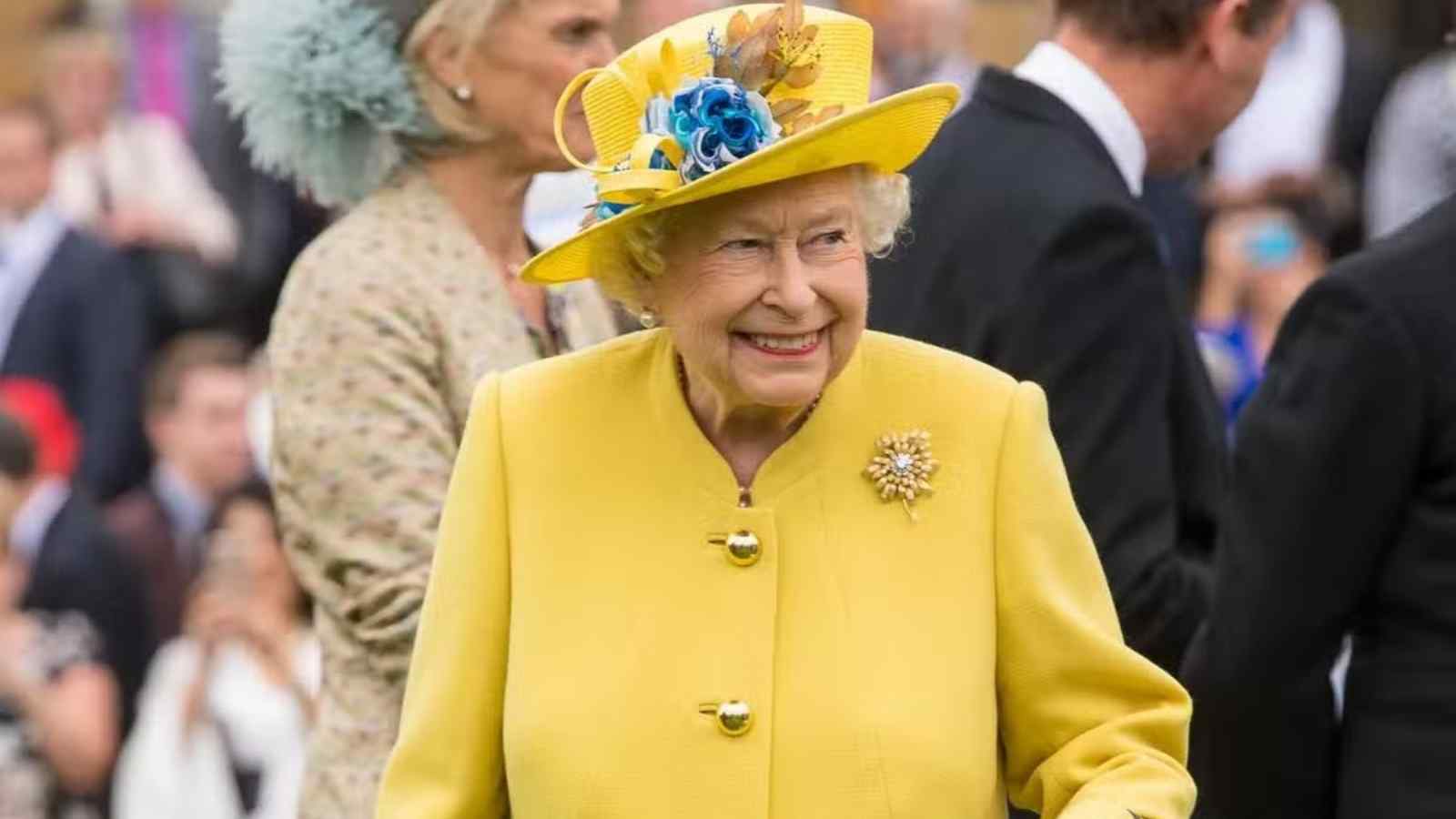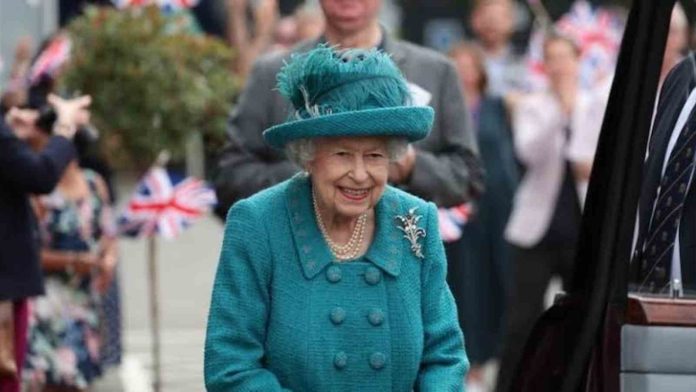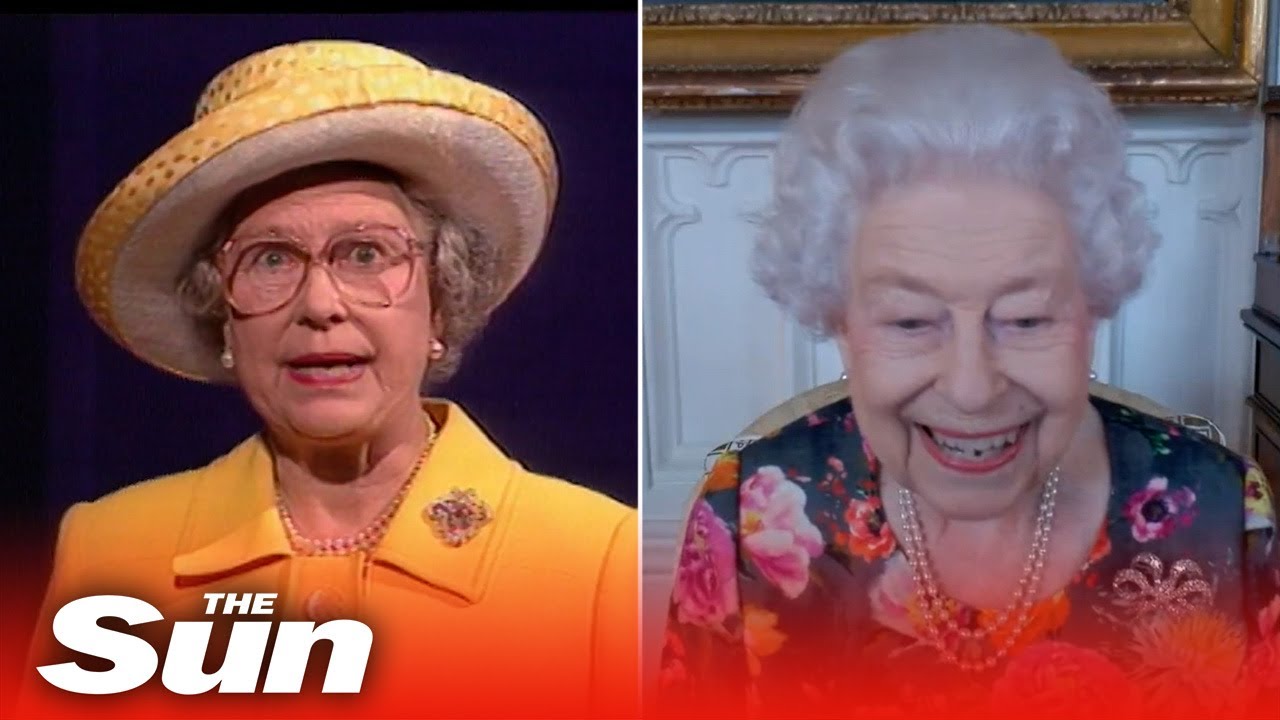The longest reigning monarch, Queen Elizabeth II, passed away on September 8, 2022, at the age of 96. Her reign was seven decades long, making it seemingly impossible in the near future to see someone sit on the throne for as long as she did. Her son, Charles, has now taken over as the King of England immediately.
Following the death of the Queen, Operation London Bridge was rolled out. It is a code name for the procedures and steps to follow after the Queen dies. Here are the procedures that are involved.
Read More: What Is A Queen Consort? Why Is There Controversy Around This Title?
The Call Immediately After The Death Of Queen Elizabeth II

As soon as it is known that the Head of the State has died, the first thing to be done is to call the Prime Minister and convey the message, “London Bridge is down.” Then the cabinet secretary, who is Britain’s highest-ranking civil servant, is informed followed by other most senior ministers and officials. Afterward, the rest 38 other nations of the Commonwealth are conveyed the news. All government departmental official websites and social media pages show a black banner. The official announcement of the news to the general public is disclosed through a newsflash to the Press Association and global media outlets.
New Head Of The State

The Prime Minister is the first member of the government who makes a statement while the royal family also announces the plans for the queen’s funeral, which is to be held on the 10th day after the Queen’s death. The nation also observes a minute of silence for the departed. The Ministry of Defence arranges for gun salutes to take place at all saluting stations. Later, the Prime Minister meets the new monarch; in this case, King Charles delivers a speech to the nation at 6 p.m. on the evening following Queen Elizabeth’s death.
Read More: What Are The New Titles Of Prince Harry And Meghan’s Kids? Will King Charles Allow It?
The Procedures Before The Funeral Procession Of The Late Monarch

After King Charles’s speech, the nation goes into 10 days of mourning. Based on where the Queen takes her last breath, the funeral procession is conducted accordingly. If she were to die in Scotland, which is where she did, at the Balmoral Castle, then Operation Unicorn will be set into motion, meaning her body will be carried down to London by royal train. If transportation by royal train isn’t possible, her coffin will be sent via airplane to London. A ceremonial procession through London will take the coffin from Buckingham Palace to the Palace of Westminster, where a service will also be held.
The Public Pays Tribute To Late Queen Elizabeth II

On the sixth and seventh days following Queen Elizabeth’s death, her coffin will lie in Westminster Hall, where the public will be allowed to pay their tributes. On the tenth day following the Queen’s death, the funeral will be held. According to Politico, the funeral will take place at Westminster Abbey. It will be followed by a committal service in St. George’s Chapel at Windsor Castle. The queen will then be buried at Windsor Castle’s King George VI Memorial Chapel, next to her husband of 73 years, Prince Philip.
Read More: What Was The Real Reason Behind Prince Charles And Princess Diana’s Divorce?






